Currently Empty: $0.00

If you want a flowering plant with dramatic showy flowers you may find tropical hibiscus Hibiscus rosa-sinensis attractive. the flowers are usually round cardinal inches inch diam trumpet-shaped with real protruding sticking stamens
They are native to Asia, where the true tropical hibiscus plants flower continuously but only for a day at a time. They add up to 24 inches a year and may grow up to 15 feet tall under perfect conditions. Often grown in cold climates as a container specimen, they can be replanted each year or brought inside during the coldest months. Begin new plants in spring, in the ground or containers.
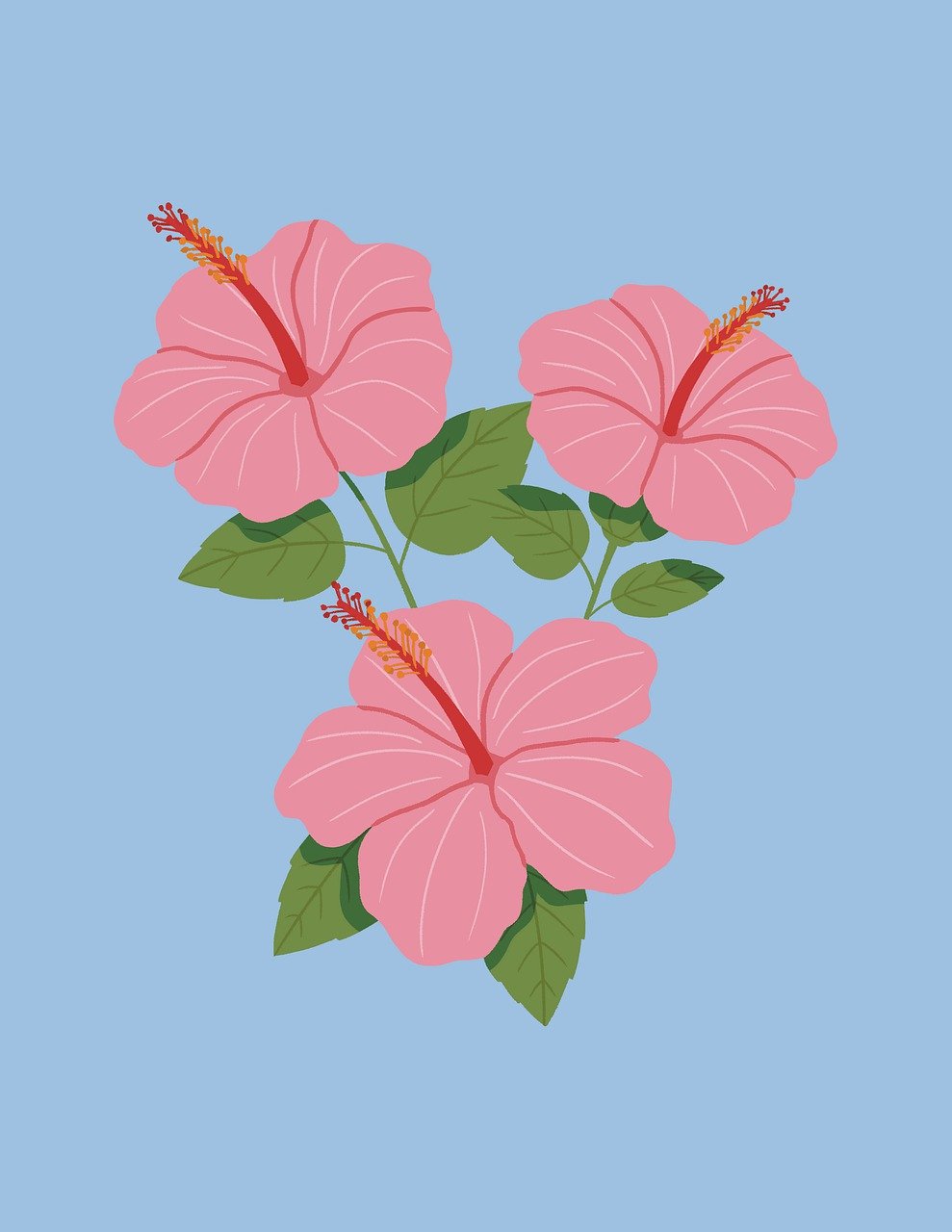
Common Name
- Tropical hibiscus
- Chinese hibiscus
- China rose
Botanical Name
- Hibiscus rosa-sinensis
Family Malvaceae
- Plant Type Shrub
Mature Size :
- 4–10 ft. tall, 3–6 ft. wide
Sun Exposure:
- Full sun, partial shade
Soil Type:
- Moist but well-drained
Soil pH
- Acidic
Bloom Time
- Summer, fall
Flower Color :
- White
- red
- pink
- orange
- yellow
- purple
Hardiness Zones:
- 9–12 (USDA)
Native Area
- Asia
Tropical Hibiscus Care
Plant in well-draining soil in full sun or partial shade depending on your climate and location.
- Water often, about 2 inches per week.
- Not hardy in cold weather.
- Fertilize as directed on the label for continuous blooms.
Light
Though you may feel a tropical plant like hibiscus loves full sun it is a little more complicated. inch blue climates your hibiscus plants have the potential to set good good inch good Sunday. If you live someplace that’s dreadfully hot and dry however you might be better off putting your plant where it gets partial shade. This means that if your outdoor plant is always flowering hibiscus, it is happy and you should continue doing what you’re doing. if it has buds just doesn’t bear whatever flowers run the set to amp position that receives further sun
Soil
If you are growing your hibiscus in a container then the soil used must be a well-draining potting mix. In the ground, it must have much organic matter. In both locations where you will grow, the soil should be well-draining to prevent root rot from taking place.
Also Read : How Much Does Tree Removal Cost? (2025 Guide)
Water
Tropical hibiscus is thirsty and will do well and produce flowers only when it receives ample water. In your region, depending on the intensity of heat, wind, and humidity, the plant might have to be watered daily, or even double in the drier regions. Generally, most tropical hibiscus do well with 1 to 2 inches of water per week.
Temperature and Humidity
The tropical hibiscus plant likes medium temperatures, within the range of 55 to 70 degrees Fahrenheit. A few nights below 50 degrees can easily kill the plant, so expect to move the plant indoors before cold weather begins.
Fertilizer
A potted hibiscus Generally has a slow-release fertilizer mixed into the soil extremely it will not need feeding during the first few months after you buy it. erstwhile by the top few months eat on a regular basis with amp light mark photographic emulsion fertilizer to hold it bloom abundantly Use the amount according to product label instructions.
Common Varieties of Tropical Hibiscus
Tropical hibiscus comes in a great number of varieties and looks, each offering its beauty in different ways. Here are the most sought-after types of the beautiful tropical hibiscus for your garden:
1. Single-Flower Hibiscus Varieties
Single-flower hibiscus varieties are known for their simple yet elegant blooms. The flowers generally have five big petals, and their colors may vary from vivid shades to pastels. Some of the well-known species include:
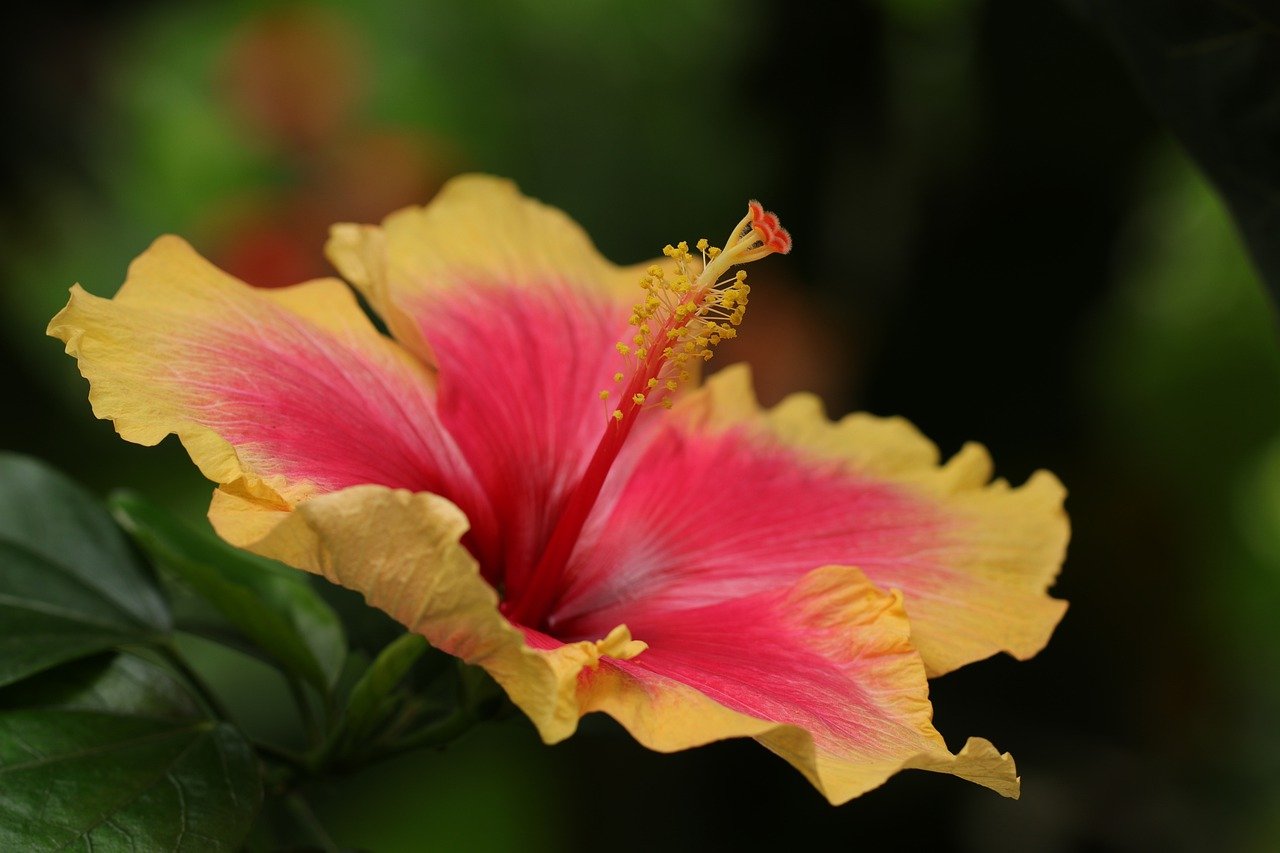
Hibiscus ‘Brilliant Red’: These are vibrant red blooms that will shine in any garden. The blooms can reach as large as 6 inches, and the plant is tall and dramatic.
Hibiscus ‘Yellow’: Brighten up the area with its warm yellow blooms. It is a perfect addition for brightening patios, borders, or flower beds.
Also Read : How to Grow and Care for Snake Plants
2. Double-Flower Hibiscus Varieties
Double-flowered hibiscus varieties produce more voluminous flowers with a stacked petal arrangement. Such varieties are also prized for their intricacy, which almost gives them a ruffled appearance. Some of the outstanding double-flower hibiscus varieties include:
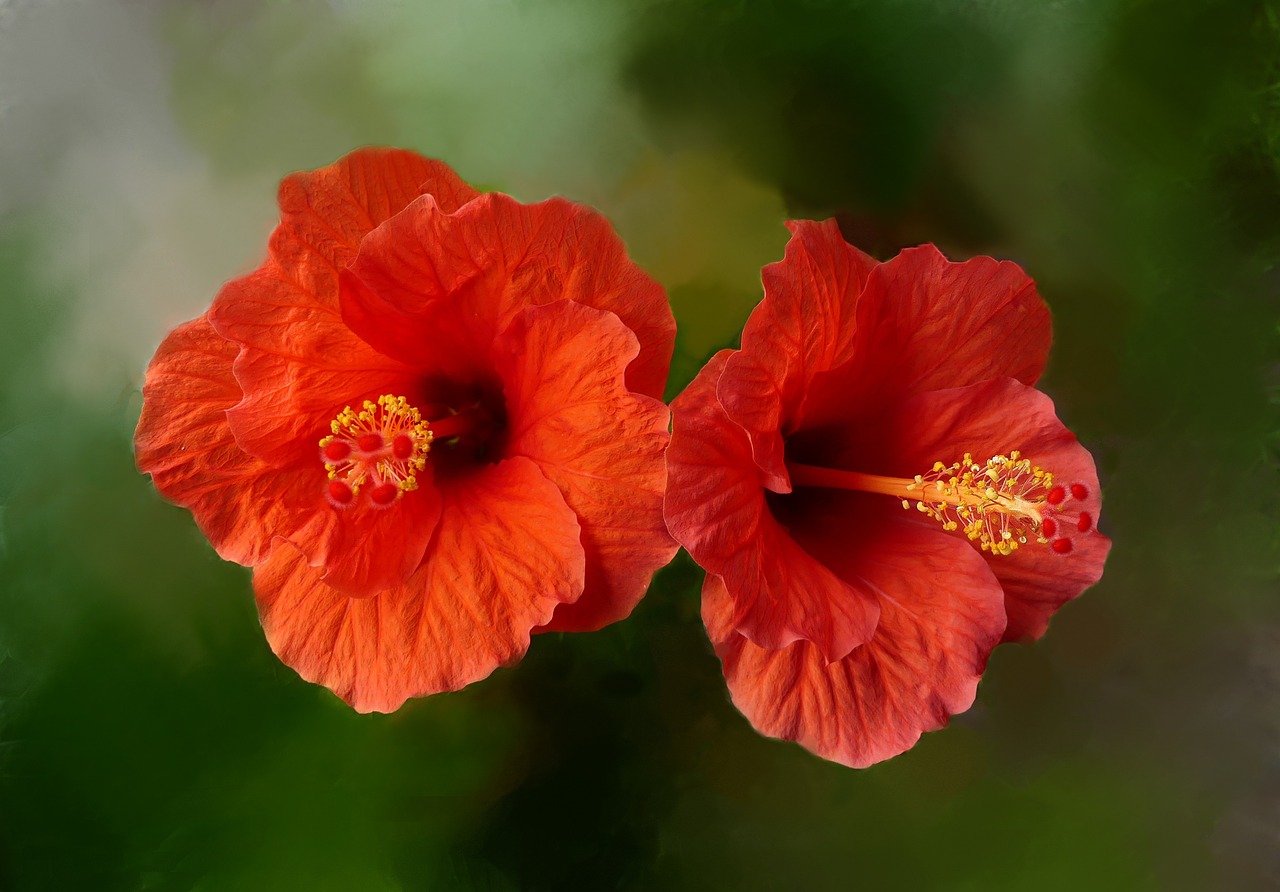
Hibiscus ‘Double Red’ is one of the varieties that particularly enjoys deep red, double-petaled blooms and is rather striking in a tropical garden. This produces numerous flowers throughout the year and prefers well-drained soil.
Hibiscus ‘Pink Double’: For a soft pale pink double flower that will delicately touch up your tropical garden, plant this variety.
Bi-color hibiscus varieties are a combination of two different colors on the same flower. These flowers are unique, and quite beautiful to look at, adding a dynamic feel to any garden. Some popular bi-color hibiscus varieties include:
Hibiscus ‘Citrus Cooler’: This variety boasts bold orange and yellow blooms paired with a reddish center. It thrives in conditions that remain very much tropical and blooms all year round, providing a constant splash of color.
Hibiscus ‘Orange Sunset’: This one produces large, deep orange and red colored petals fading in a light yellow center with a sunset effect. They are the ideal tropical flowers to add to hot and wet regions for the tropical enthusiast.
4. Dwarf Hibiscus Varieties
There are the dwarf hibiscus varieties, excellent options for those who do not have enough space or just need a smaller version. They bring all the beauty of the full-sized variety but in a more compact size. Some notable dwarf hibiscus varieties are:
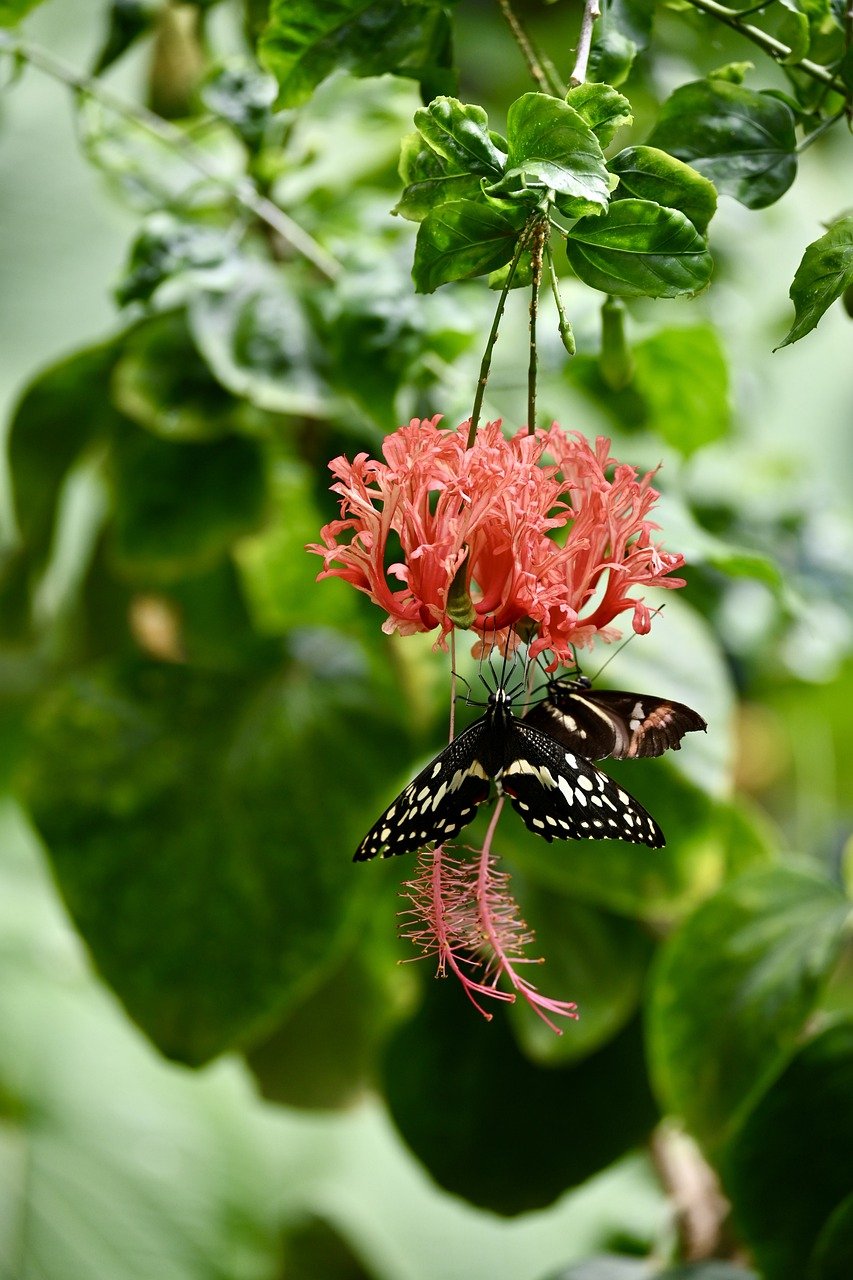
- Hibiscus ‘Little Darlin’: This dwarf variety produces small but beautiful pink flowers that are ideal for smaller gardens or container planting. it grows to the top of round cardinal feet devising it down for patios and balcony gardens
- hibiscus ‘chico’: amp little explaination of the conventional hot hibiscus this set produces beautiful cherry flowers. It is perfect for growing in pots or as a decorative shrub in smaller garden spaces.
5. Unique Hibiscus Varieties
Some tropical hibiscus varieties stand out due to their rare and unique flower shapes or colors. These varieties are highly sought after by collectors and garden enthusiasts:
Hibiscus ‘Little Darlin: A dwarf variety, this produces small but beautiful pink flowers ideal for smaller gardens or container planting. It grows to about 3 feet, ideal for both patios and balcony gardens.
Hibiscus ‘Chico’ A dwarfed version of the normal tropical hibiscus. This will display beautiful red blooms. Ideal to grow in a pot, or as a display shrub for smaller garden beds.
Propagation of Tropical Hibiscus
Tropical hibiscus produces an exact replica of the parent plant through cuttings. Soft-stem cuttings should be taken during late spring or early summer when your plant has begun its active growth for the season.
Here is how to propagate by cutting:
- Choose a stem with a greenish color, 4 to 6 inches in length. With a sharp, sterile cutting tool, make a cut at the base of the stem. Remove all leaves from the stem except the very top set of leaves.
- Cut the bottom part of the stem below the node where the lowest leaf is, and then dab the end into rooting hormone.
- Plant the cutting into a pot that is already filled with a mix of potting soil and perlite.
- Water the soil and jab a hole in the dirt where you will place your cutting.
- Tuck over the plant a clear plastic bag, but be careful not to let it touch the leaves. Bagging the cutting helps keep the moisture in and heat as it starts rooting.
- Put the cuttings in indirect sun and shade till they are vigorous enough and transfer them into a larger container.
How to Grow Tropical Hibiscus from Seeds
Growing Hibiscus from seeds takes place indoors; once frost arrives, transfer to outdoor areas. To grow from seeds, read below:
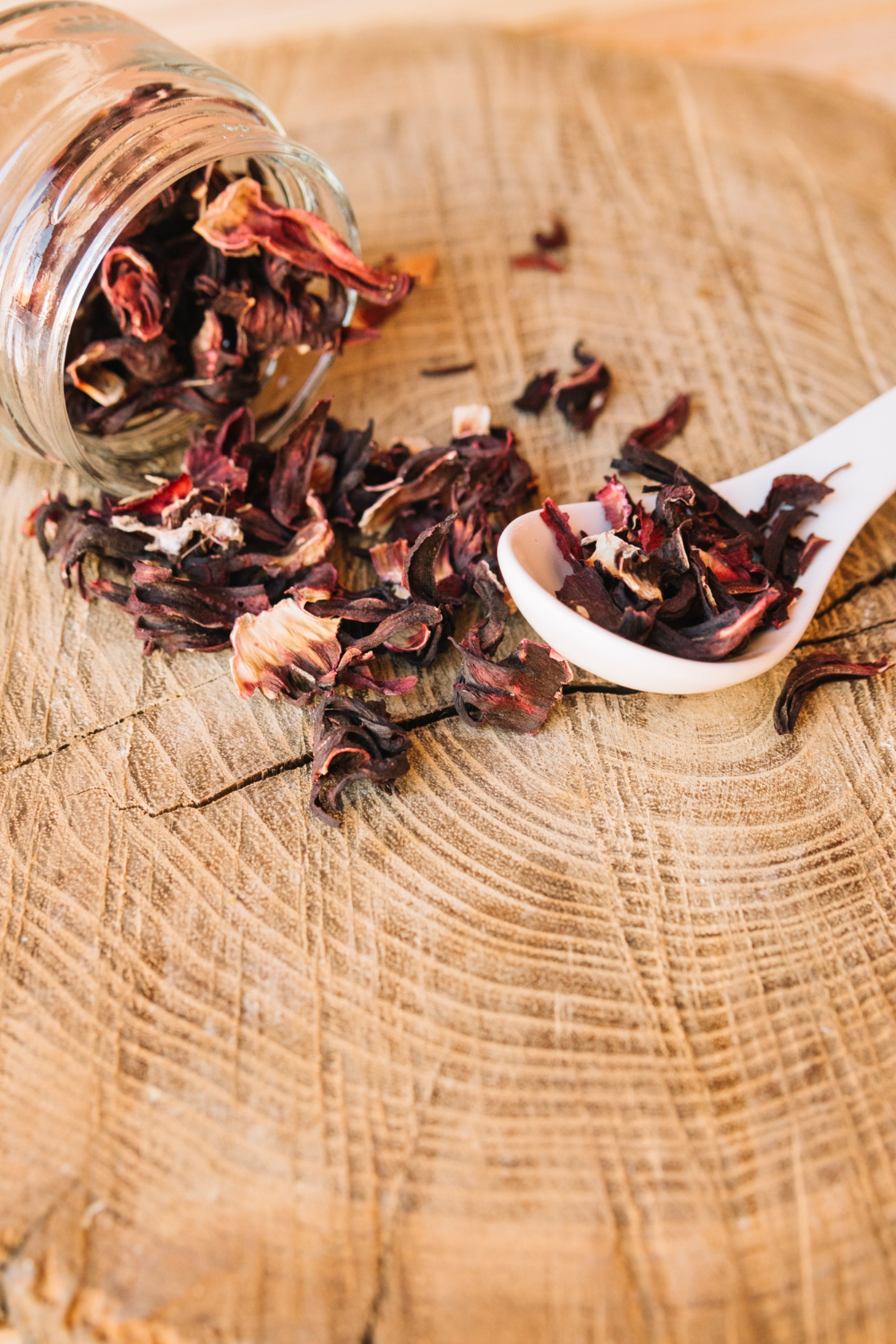
- 10-14 weeks before the date of the final spring frost begin growing hibiscus from seeds indoors.
- Seeds need to be soaked in room temperature water for 8 hours to improve germination.
- Sow seeds 1/4 inch deep in moist soil kept at 70-75 degrees Fahrenheit.
- Let the seedlings see full sun as soon as they appear in 14-21 days. A sunny window is best.
- Seedlings don’t need much fertilization, but you can start feeding them when they are about 4 weeks old with a starter solution mix as given in the packet instructions.
- Transplant the seedlings when they are two pairs of leaves old or when they are growing out of the container.
- Before transplanting the seedlings to your garden, harden them off to strong winds and excessive heat through the daytime and extreme cold at night time.
Potting and Repotting Tropical Hibiscus
You should most likely re-pot your plant every year every other year, or every other year. Annual repotting ensures the soil is nourishing the plant enough.
Avoid very deep containers. Very deep containers tend to encourage the plant to put its energy into root development, at the expense of producing flowers. A quite wide but relatively shallow pot shape is ideal. The best pot will be an unglazed clay material and have several draining holes (not just one). Unglazed clay pots are porous and let water and air easily flow through the plant.
Overwintering
You can overwinter hibiscus indoors, provided you live in a northern climate and are able to supply two to three hours of direct sunlight per day. Your plant will require much less water in the winter but dry indoor heat is very challenging to tropical plants. So, be prepared for frequent shallow waterings and daily misting (if it’s dry).
Watch and remove any flower buds, to avoid hibiscus growing in winter Prune again in the spring if needed. For most plants set outdoors after final frost. Otherwise, this usually takes place just after a cool spring season of consistent overnight temperatures of more than 50 degrees F.
Common Pests & Plant Diseases
Generally, tropical hibiscus is free of pests and diseases, although you may experience spider mites and aphids, especially when you bring the plant indoors.1 You should also try to remove all insects currently residing on the plant using neem oil, a liquid detergent, or by spraying the plant forcefully with water.
Hibiscus plants can also develop bacterial diseases due to transmission from insects, rain, and fog—symptoms of such can include leaf wilt, dwarfing, stem rot, and distortion of leaves.2 They are, however, deer-resistant plants.
How to Get Tropical Hibiscus to Bloom
Tropical hibiscus plants are produced as perennial garden plants and utilized as hedge and screen shrubs in warmer areas. In contrast, they are frequently planted as patio or deck specimens in big containers in cooler areas. With a wide variety of flower hues, the plants will provide your yard and house with days and days of colorful blossoms that will make you think of a tropical getaway.
What do Tropical Hibiscus flowers look and smell like?
Tropical hibiscus flowers have a wide color variation ranging from white pink red to orange. the flowers are fragranceless
How to Encourage More Blooms
Tropical hibiscus blooms for only one day since it uses too much energy to develop blooms. The bloom happens when the plant has new growths so removing and cutting of older spent flowers through deadheading will facilitate growth.
Common Problems With Tropical Hibiscus
Dropping Leaves
If your plant has droopy leaves, looks stressed or hasn’t been growing, it’s because of one of these three things:
- Your plant is root-bound.
- It has gotten overheated by being in excessive heat over 85 degrees Fahrenheit.
- It’s getting underwatered.
Yellowing Leaves
It is probably that the plant is not receiving enough water if you see yellowing leaves at the top. Similarly, your hibiscus is most likely drowning in water or needs fertilizer if its leaves are yellowing in the center or towards the base of the plant.


